Must know
for your successful Job-Hunting in Japan
Job Hunting
In Japan, most students find a job before graduating from university.
We provide various supports so that you can find your dream job.
Cases
Ex-international
students working
in Shizuoka
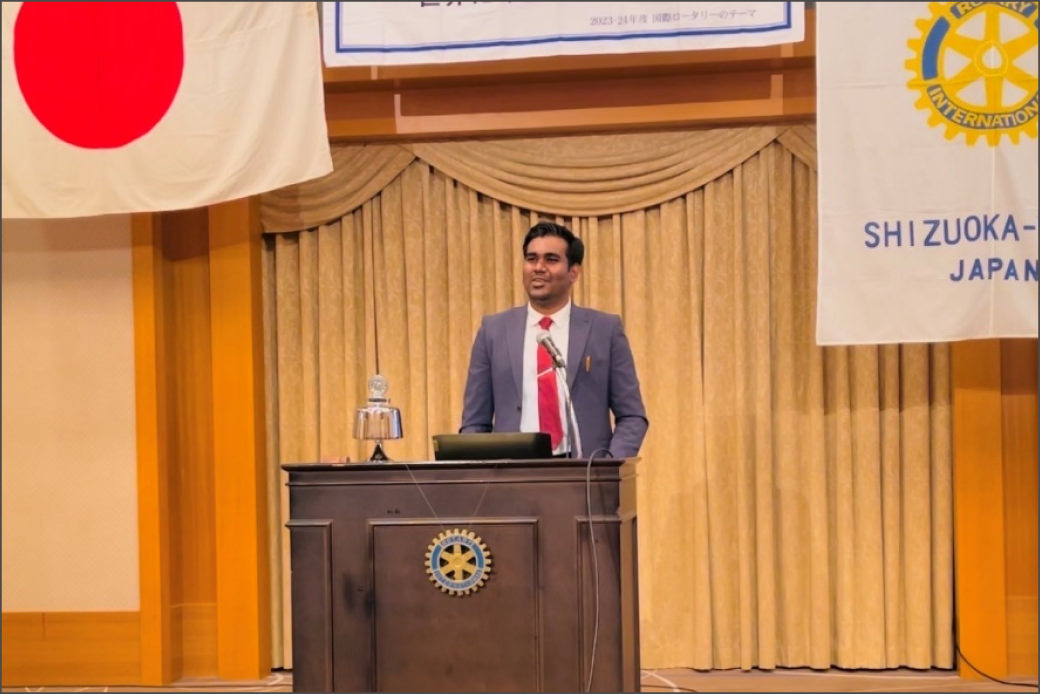
Work with Global Engagement
Graduated Shizuoka Eiwa Gakuin University. Originally from Sri Lanka One of my jobs is growing, processing, and selling agricultural products such as Vietnamese cacao. I also provide employment support for international students, while connecting the local community and foreign human resources. I work closely with current international students.
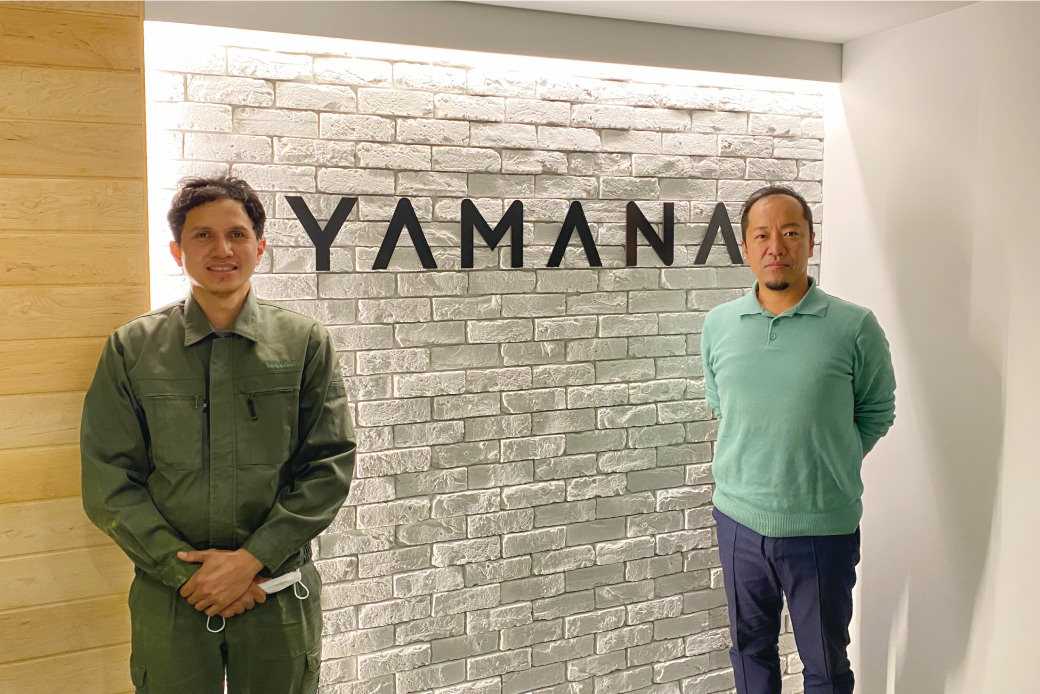
Working at the tea Company and
Product Planning for the global market
A few years have passed since I joined the tea-making company. Shizuoka has one of the greatest tea farms in Japan. I started by learning about Japanese tea, and now my job extends to product planning.
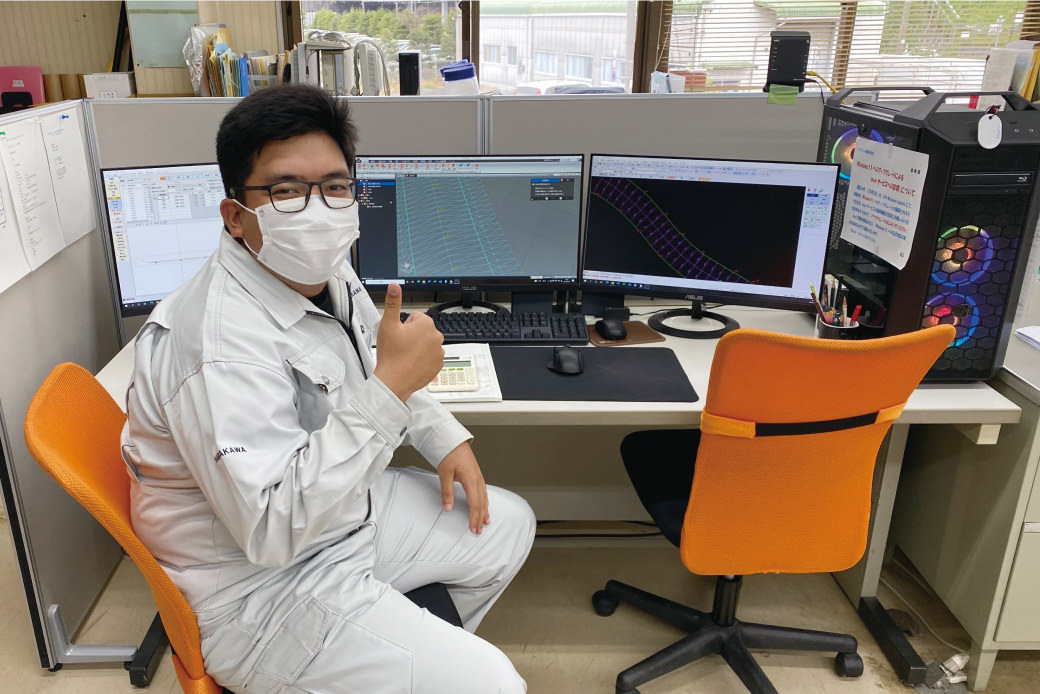
Engaged in surveying work
in the civil engineering industry
(Comment from his boss) His work is measuring and processing data obtained from drones in civil engineering. For the company, it was the first experience hiring a skilled international student. He is very quick to understand his job and very good at what he does. Thanks to his happy character, he makes us smile all the time and became essential member of our company.
Collect Information How to gather the informaiton

Career supporting center of your University
Each University has a career supporting center. You can consult them if you have any question.
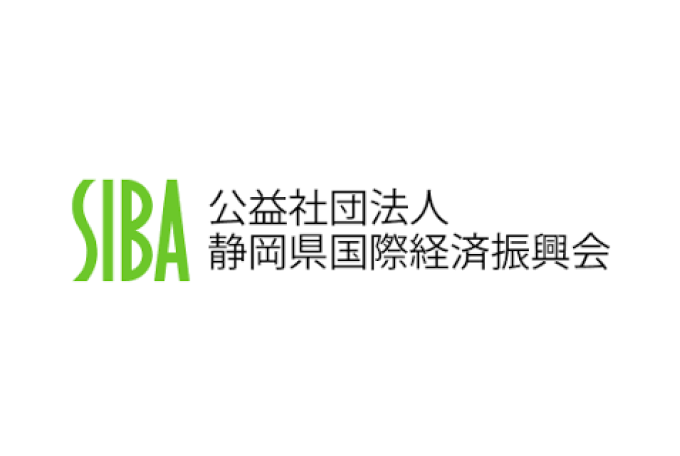
Shizuoka International Business Association (SIBA)
We offer employment support to International Students who want to work in Shizuoka. For example, we organize company visit tours to see their job and invite local companies to gather at a venue to explain employment opportunities to International Students.
You can check out our past activities through the SIBA channel.
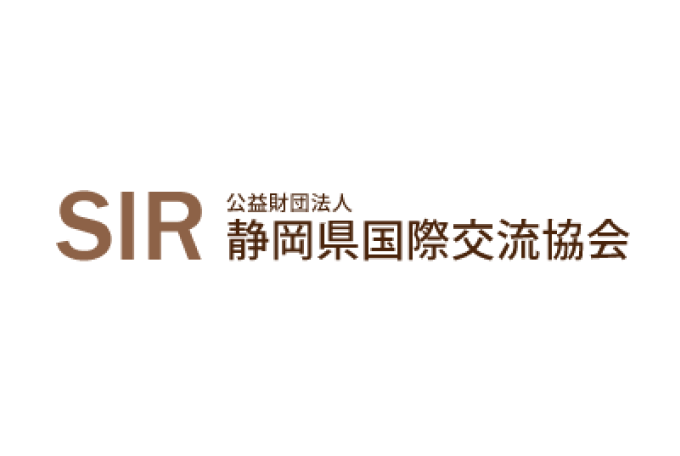
SHIZUOKA ASSOCIATION FOR INTERNATIONAL RELATIONS (SIR)
Assist international students to get their jobs in Shizuoka by introducing various companies and having working international students explain how they got their jobs.
8 counselors for international students answer questions in their own languages regarding living or residential status.
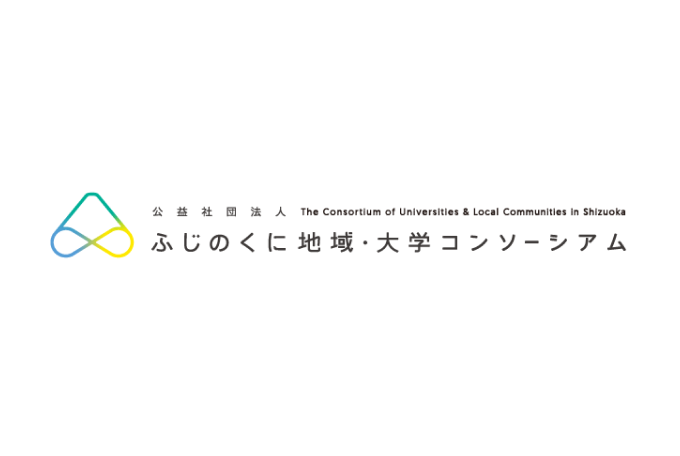
Employment support services from The Consotium of Universities & Local Communities in Shizouka
We provide various employment supports for International students, in corporations with industry, government, and academia.
Interactions with the companies, interviews with the executives, listening to the graduates' stories, etc. Classroom lecture on employment support is also available for International Students.

Job fair
It is an event where many companies gather and provide the company briefings to the students who attended the event.
By joining a job fair, you can meet many companies in one event. Very good way to get to know different companies.

Internet
Lots of websites provide information about Syu-katsu. You can also get information from the company's website.
Find Job To be successful in obtaining your dream job, you should understand how the unique Japanese Job-hunting system works.
Job hunting in Japan is very unique compared to other countries.
Japanese companies recruit international students with the same processes as
Japanese students. In Japan, most of the students get their new job before graduation.
Point 1Shinsotsu-Saiyo / Bulk hiring campaign
“Shinsotsu-saiyo”(or annual `bulk-hiring`) is a unique Japanese workforce hiring system for new graduates from Universities and graduate schools. The recruiting process starts about a year before graduation and most Japanese graduates have their job on graduation.
After joining a company, the company often provides training before assigning recruits to various workplaces.
In Japan, it is common to start looking for a job in your 3rd or 4th year of university and start working immediately after graduation. Many companies carry out this bulk hiring campaign at the same period so it is very important to understand and work along with the schedule.
Point 2Start working in April
Japanese fiscal period starts in April and ends in March, so it is common to start your new job from April 1st.
Point 3Job interview in a suit
As a Japanese custom, it is recommendded to wear the dark suits at the job interview.
Flow How does Japanese-style Syukatsu (job hunting) proceed?
To be successful in obtaining your dream job, you should understand how the unique Japanese Job-hunting system works.

Business
world research
To sort out which company you want to apply for and what industry you want to work in, let's go to the company briefings or seminars. It is common to research and apply to multiple companies in parallel.

Apply for
the companies
Submit the Job Application forms (called as 'Entry sheet' in Japan) to the companies you want to work.

Interview
Job interview with the company you applied for would be held 2 or 3 times in average

Naitei:
Getting a job offer
After getting a/some job offer(s), you need to decide which company to work in.
Prepare What you need for Syukatsu
Find out more about what you need to prepare for Syukatsu, Japanese-style job hunting.
Suit

It is a good idea to have at least one suit. Many events call for the suit: company briefings, interviews, internships, etc.
Writing materials

A pen is required to fill out documents such as resumes and job application sheet.
ID Photo

You need to put your ID Photo on your resume or job application form (called as 'Entry sheet' in Japan)
Memo

Make a note of the content of the company research and what you heard at the briefing session
Bag

Business suitable one is needed
